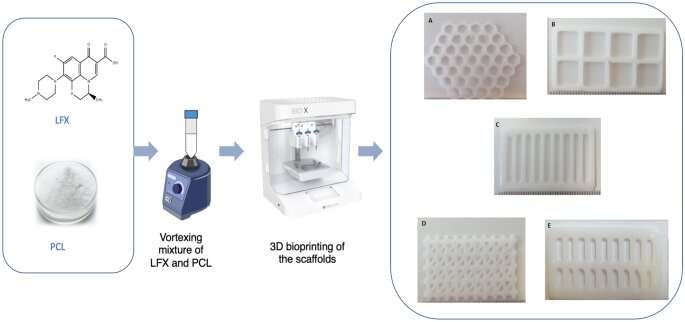generic mircette online au

Researchers at Queen’s University Belfast have designed a new bandage treatment, known as a scaffold, to treat diabetic foot ulcers, which is cost-effective while improving patient outcomes. Produced by 3D bioprinting, the scaffolds slowly release antibiotics over a four-week period to effectively treat the wound.
Diabetes, how to buy propecia australia overnight shipping a lifelong condition that causes a person’s blood sugar level to become too high, is among the top ten causes of deaths worldwide.
Diabetic foot ulcer (DFU), is a serious complication of diabetes, affecting approximately 25% of diabetic patients. When identified, over 50% are already infected and over 70% of cases result in lower limb amputation.
The treatment strategy required for the effective healing of DFU is a complex process that requires several combined therapeutic approaches. As a result, there is a significant clinical and economic burden associated in treating DFU. These treatments are often unsuccessful, which leads to lower-limb amputation.
This new research demonstrates outcomes with significant implications for patient quality of life, as well as decreasing the costs and clinical burden in treating DFU.
Recent research has focused on drug-loaded scaffolds to treat DFU. The scaffold structure is a novel carrier for cell and drug delivery that enhances wound healing.
The research, published in Drug Delivery and Translational Research, will be presented by Professor Lamprou at the Controlled Release Society (CRS) Workshop Italy (7–9 October).
Professor Dimitrios Lamprou, a Professor of Biofabrication and Advanced Manufacturing at Queen’s School of Pharmacy and corresponding author, explains: “These scaffolds are like windows that enable doctors to monitor the healing constantly. This avoids needing to remove them constantly, which can provoke infection and delay the healing process.
“The ‘frame’ has an antibiotic that helps to ‘kill’ the bacteria infection, and the ‘glass’ that can be prepared by collagen/sodium alginate can contain a growth factor to encourage cell growth. The scaffold has two molecular layers that both play an important role in healing the wound.”
Source: Read Full Article
